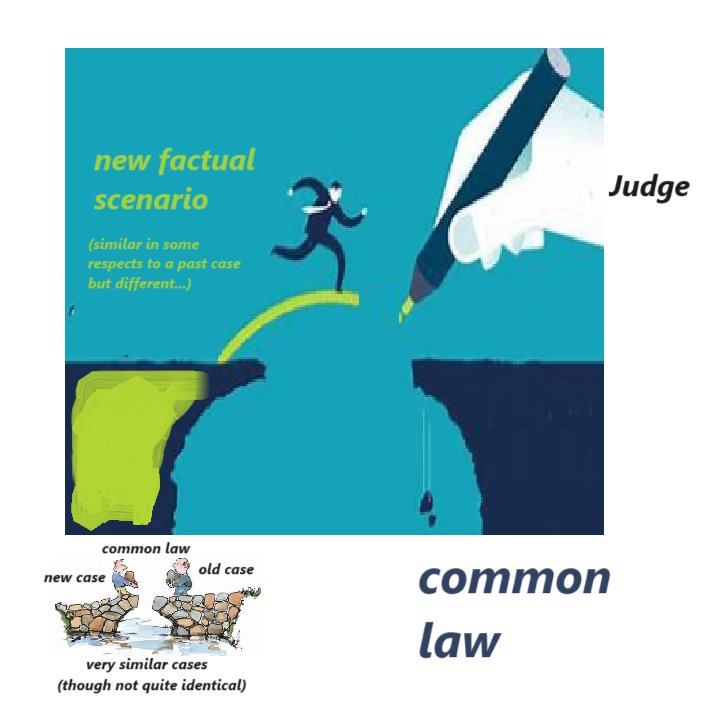Woolwich Equitable Building Society v IRC 1993 AC 70
Citation:Woolwich Equitable Building Society v IRC 1993 AC 70
Rule of thumb: Can the common law principles (quotes from a Law Institutional Writer’s Textbook) be used to cover a scenario if there is no in-point case law? Applying common law principles is always a ‘grey area’ to be considered as a spectrum: if there are no cases even remotely similar, no; if there are some cases which are in some respects comparable, ‘maybe’; if there are some cases which are very similar, ‘yes’.
Judgment:
‘This is for the your Lordships’ House to recognise such a principle would overstep the boundary which we traditionally set for ourselves, separating the legitimate development of the law by the Judges from legislation. It was strongly urged by Mr Glick, in his powerful argument... that we would be trespassing beyond that boundary if we were to accept the argument of Woolwich. I feel bound however to say that, although I am well aware of the existence of the boundary, I am never quite sure where to find it. Its position seems to vary from case to case. Indeed, if it were to be as firmly and clearly drawn as some of our mentors would wish, I cannot help feeling that a number of leading cases in your Lordships’ House would never have been decided the way they were. For example, the minority view would have prevailed in Donghue v Stevenson, our modern law of judicial review would never have developed from its old, ineffectual, origins; and Manerva injunctions would never have seen the light of day. Much seems to depend on the circumstances of the case’, Lord Goff

Warning: This is not professional legal advice. This is not professional legal education advice. Please obtain professional guidance before embarking on any legal course of action. This is just an interpretation of a Judgment by persons of legal insight & varying levels of legal specialism, experience & expertise. Please read the Judgment yourself and form your own interpretation of it with professional assistance.

